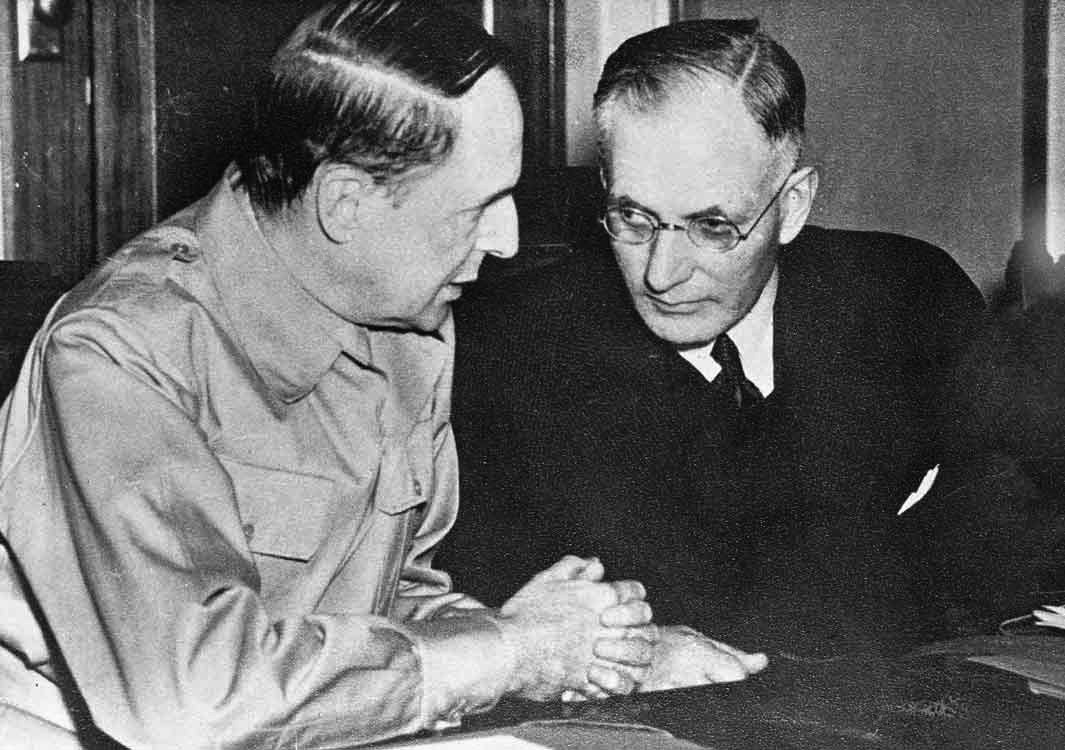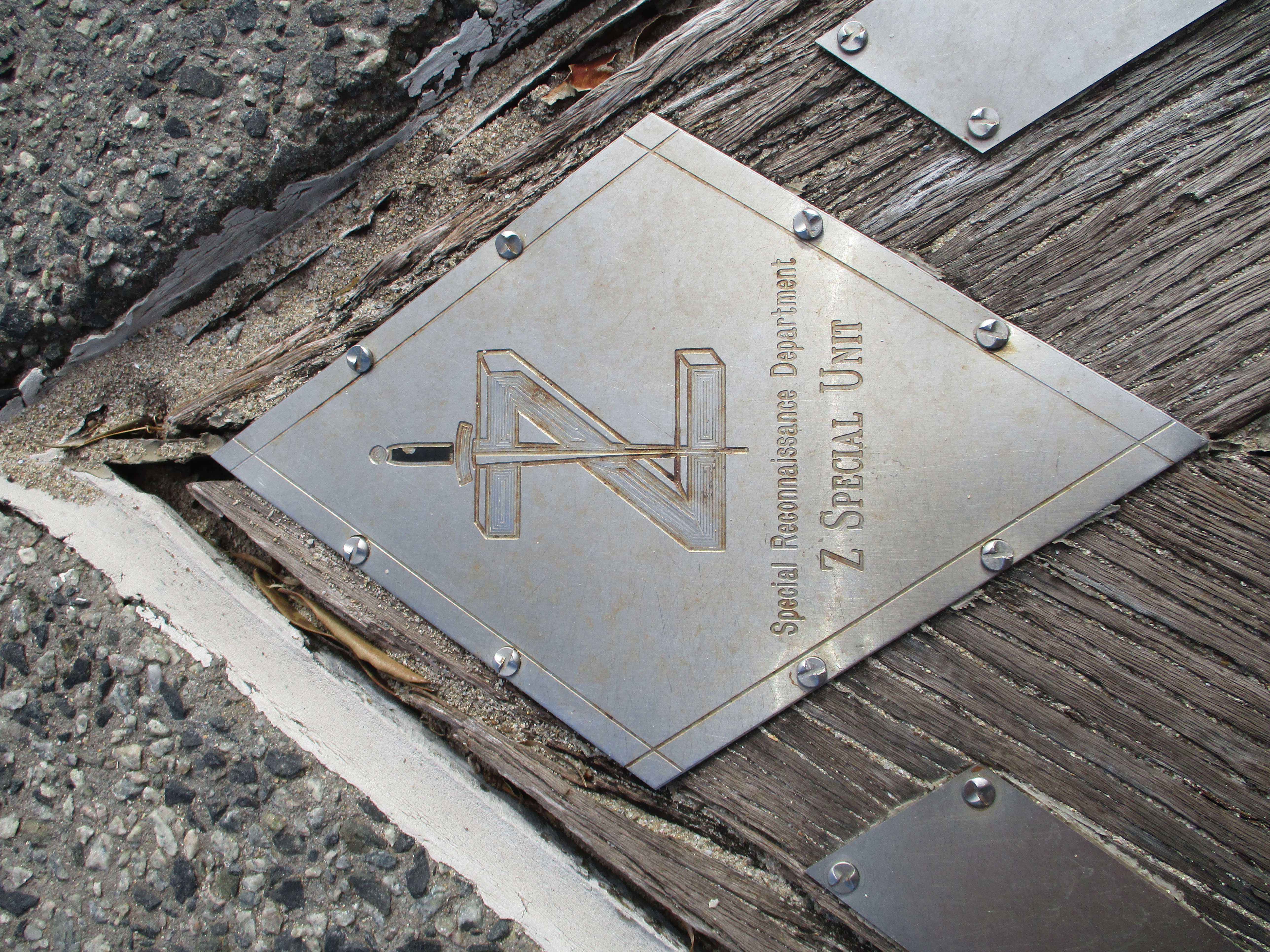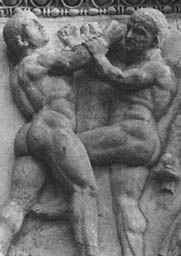|
Fairview, Cairns
The Z Experimental Station (ZES) was established in July 1942 at Munro Terrace, Mooroobool, Queensland, Mooroobool, Cairns, Queensland, Australia, jointly by Secret Intelligence Australia and the Inter-Allied Services Department. The building chosen to be the headquarters was known as "Fairview" (or House on the Hill), and it had been the home of Richard Ash Kingsford, the first mayor of Cairns and grandfather of aviator Sir Charles Kingsford Smith. As far as ISD was concerned it was used as a wireless relay station for the New Guinea Section. The site was selected by Commander Roy Kendall, the head of SIA and was about inland from the town of Cairns, North Queensland. The site was originally chosen for its good radio reception. There were, however, good security conditions for training, until the Cairns district became a very active assembly area for Australian and US troops operating in New Guinea. Until June 42, ISD special operations personnel were trained at the Guerilla ... [...More Info...] [...Related Items...] OR: [Wikipedia] [Google] [Baidu] |
South West Pacific Area
South West Pacific Area (SWPA) was the name given to the Allied supreme military command in the South West Pacific Theatre of World War II. It was one of four major Allied commands in the Pacific War. SWPA included the Philippines, Borneo, the Dutch East Indies (excluding Sumatra), East Timor, Australia, the Territories of Papua and New Guinea, and the western part of the Solomon Islands. It primarily consisted of United States and Australian forces, although Dutch, Filipino, British, and other Allied forces also served in the SWPA. General Douglas MacArthur was appointed as the Supreme Commander, Southwest Pacific Area, on its creation on 18 April 1942. He created five subordinate commands: Allied Land Forces, Allied Air Forces, Allied Naval Forces, United States Army Forces in Australia (USAFIA), and the United States Army Forces in the Philippines. The last command disappeared when Corregidor surrendered on 6 May 1942, while USAFIA became the United States Army Service ... [...More Info...] [...Related Items...] OR: [Wikipedia] [Google] [Baidu] |
Z Special Unit
Z Special Unit () was a joint Allied special forces unit formed during the Second World War to operate behind Japanese lines in South East Asia. Predominantly Australian, Z Special Unit was a specialist clandestine operation, direct action, long-range penetration, sabotage, and special reconnaissance unit that included British, Dutch, New Zealand, Timorese and Indonesian members, predominantly operating on Borneo and the islands of the former Dutch East Indies.Horner 1989, p. 26 The unit carried out a total of 81 covert operations in the South West Pacific theatre, with parties inserted by parachuting or submarine to provide military intelligence and conduct direct action, irregular warfare (e.g. guerrilla warfare), long-range penetration, and special reconnaissance. The best known of these missions were Operation Jaywick and Operation Rimau, both of which involved raids on Japanese shipping in Singapore Harbour; the latter of which resulted in the deaths of 23 commandos e ... [...More Info...] [...Related Items...] OR: [Wikipedia] [Google] [Baidu] |
Cairns Post
''The Cairns Post'' is a major News Corporation newspaper in Far North Queensland, Australia, that exclusively serves the Cairns area. It has daily coverage on local, state, national and world news, plus a wide range of sections and liftouts covering health, beauty, cars and lifestyle. ''The Cairns Post'' is published every weekday and a weekend edition which is called ''The Weekend Post'' is published on Saturdays. It is the oldest business in Cairns and has been operating continuously for more than a century. History The ''Cairns Post'' claims to be dating back to 1882. The Cairns Post 1883 - 1893 The first incarnation of a newspaper called ''The Cairns Post'' was published first on 10 May 1883 and was founded by the ink manufacturer Frederick Thomas Wimble. The son of an English second-generation ink-maker migrated as a 20-year old for health reasons to Australia. He initially stayed in Melbourne but later moved to Sydney, carrying on with ink manufacturing. In 1883 ... [...More Info...] [...Related Items...] OR: [Wikipedia] [Google] [Baidu] |
Indonesia
Indonesia, officially the Republic of Indonesia, is a country in Southeast Asia and Oceania, between the Indian Ocean, Indian and Pacific Ocean, Pacific oceans. Comprising over List of islands of Indonesia, 17,000 islands, including Sumatra, Java, Sulawesi, and parts of Borneo and New Guinea, Indonesia is the world's largest archipelagic state and the List of countries and dependencies by area, 14th-largest country by area, at . With over 280 million people, Indonesia is the world's List of countries and dependencies by population, fourth-most-populous country and the most populous Islam by country, Muslim-majority country. Java, the world's List of islands by population, most populous island, is home to more than half of the country's population. Indonesia operates as a Presidential system, presidential republic with an elected People's Consultative Assembly, legislature and consists of Provinces of Indonesia, 38 provinces, nine of which have Autonomous administrative divisi ... [...More Info...] [...Related Items...] OR: [Wikipedia] [Google] [Baidu] |
Netherlands East Indies Forces Intelligence Service
Netherlands East Indies Forces Intelligence Service (NEFIS) was a Dutch World War II-era intelligence and special operations unit operating mainly in the Japanese-occupied Netherlands East Indies (now Indonesia). History Soon after the evacuation from the Dutch East Indies, a Dutch intelligence service was set up in Australia on the instructions of the Dutch Commander of the forces in the East, Conrad Helfrich. NEFIS I gathered reports, maps, publications and photos on the Dutch East Indies.de Jong (1986), pp. 249-250. On the basis of this information, monthly summaries were issued on the situation in the archipelago. NEFIS II was responsible for censoring the mail of Royal Netherlands Navy and Royal Netherlands East Indies Army (KNIL) personnel. It also checked whether the spouses of Dutch troops in Australia presented a security risk. It was not involved in carrying out secret intelligence operations. That was the task of the Inter-Allied Services Department (ISD), which was s ... [...More Info...] [...Related Items...] OR: [Wikipedia] [Google] [Baidu] |
Allied Intelligence Bureau
The Allied Intelligence Bureau (AIB) was a joint United States, Australian, Dutch and British intelligence and special operations agency during World War II. It was responsible for operating parties of spies and commandos behind Japanese lines in order to collect intelligence and conduct guerrilla warfare against Japanese forces in the South West Pacific. The AIB was formed in June 1942 to coordinate the existing Allied propaganda and guerrilla organisations. The first controller of the AIB was Colonel C. G. Roberts. At its peak the AIB contained men from ten individual services and controlled or coordinated eight separate organisations. The role of the AIB was to obtain information about the enemy, "to weaken the enemy by sabotage and destruction of morale and to lend aid and assistance to local effort to the same end in enemy territories." One member of the AIB was Alfred Deakin Brookes, who went on to become the first head of the Australian Secret Intelligence Service in Ma ... [...More Info...] [...Related Items...] OR: [Wikipedia] [Google] [Baidu] |
Fraser Commando School
{{Use dmy dates, date=August 2019 The Fraser Commando School (FCS) was the main Services Reconnaissance Department training facility after training operations were transferred from the Z Experimental Station in October 1943. The FCS was located on Fraser Island in Southeast Queensland, near to the McKenzies Jetty, 1.6 km south of what is now the Kingfisher Bay Resort. The site was selected due to its seclusion and sparse habitation. At the time of the establishment of the FCS, Fraser Island was virtually uninhabited apart from a small Forestry establishment at Central Station and a Royal Australian Air Force Radar Station at Sandy Cape, on the northern tip of the island. Fraser Island also has rainforest areas which were utilised for jungle warfare training and a series of freshwater lakes. The largest of these, Lake McKenzie, was used for parachute water jump training by night and day. The FCS was used by over 900 army personnel and was preparing soldiers for their deadly missi ... [...More Info...] [...Related Items...] OR: [Wikipedia] [Google] [Baidu] |
Fraser Island
K'gari ( , ), also known by its former name Fraser Island, is a World Heritage-listed sand island along the south-eastern coast in the Wide Bay–Burnett region of Queensland, Australia. The island lies approximately north of the state capital, Brisbane, and is within the Fraser Coast Region local council area. The world heritage listing includes the island, its surrounding waters and parts of the nearby mainland which make up the Great Sandy National Park. In the , the island had a population of 152. Up to 500,000 people visit the island each year. The island is part of the traditional lands of the Butchulla people, under the traditional name of "K'gari". European settlers who arrived in 1847 named the island "Fraser Island" after Captain James Fraser, master of ''Stirling Castle'', who was shipwrecked and died on the island in early August 1836. On 7 June 2023, the island was officially renamed K'gari by the state government. History Geological history The island was f ... [...More Info...] [...Related Items...] OR: [Wikipedia] [Google] [Baidu] |
Operation Copper
Operation Copper was carried out by the Allied commando unit Z Special Unit, during World War II. The objective of the mission was to investigate the Japanese defences on Muschu Island, capture a Japanese officer for interrogation and discover the location of two naval guns on the island that covered the approaches to Wewak Harbour. Eight commandos were landed as part of the operation; only one survived. Background Operation Copper was one of the last Z Special operations in New Guinea. The unit's mission was to paddle ashore and reconnoitre the island to determine the status of Japanese defences and validate reports that two 140 mm long-range naval guns were still in position. Intelligence suggested that these weapons were back in service and could prove dangerous during the forthcoming invasion of Wewak, as they had sufficient range to fire into the proposed landing areas and, while they would not stop the Australian invasion, they could cause significant casualties. ... [...More Info...] [...Related Items...] OR: [Wikipedia] [Google] [Baidu] |
Operation Rimau
Operation Rimau was an attack on Japanese shipping in Singapore Harbour, carried out by an Allied commando unit Z Special Unit, during World War II using Australian built Hoehn military MKIII folboats. It was a follow-up to the successful Operation Jaywick which had taken place in September 1943, and was again led by Lieutenant Colonel Ivan Lyon of the Gordon Highlanders, an infantry regiment of the British Army. Originally part of a much larger operation called Operation Hornbill, the aim of Rimau was to sink Japanese shipping by paddling the folboats in the dark and placing limpet mines on ships. It was originally intended that motorised semi-submersible canoes, known as " Sleeping Beauties", would be used to gain access to the harbour, however, they resorted to folboats. After the raiding party's discovery by local Malay authorities, a total of thirteen men (including raid commander Lyon) were killed during battles with the Japanese military at a number of island loca ... [...More Info...] [...Related Items...] OR: [Wikipedia] [Google] [Baidu] |
Unarmed Combat
Hand-to-hand combat is a physical confrontation between two or more persons at short range (grappling distance or within the physical reach of a handheld weapon) that does not involve the use of ranged weapons.Hunsicker, A., ''Advanced Skills in Executive Protection'', Boca Raton FL: Universal Publishers, , , p. 51 The phrase "hand-to-hand" sometimes includes use of melee weapons such as knives, swords, clubs, spears, axes, or improvised weapons such as entrenching tools. While the term "hand-to-hand combat" originally referred principally to engagements by combatants on the battlefield, it can also refer to any personal physical engagement by two or more people, including law enforcement officers, civilians, and criminals. Combat within close quarters, to a range just beyond grappling distance, is commonly termed close combat or close-quarters combat. It may include lethal and non-lethal weapons and methods depending upon the restrictions imposed by civilian law, military r ... [...More Info...] [...Related Items...] OR: [Wikipedia] [Google] [Baidu] |







